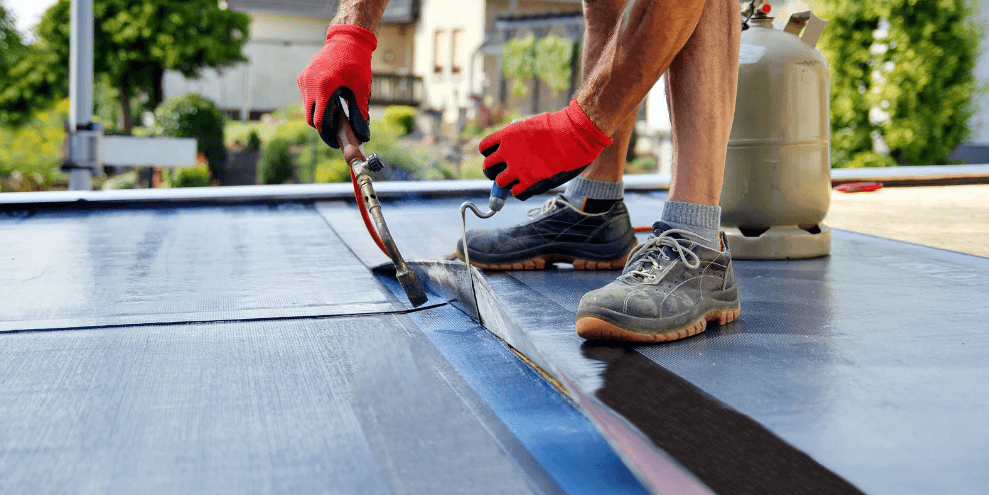
In an era of climate change and increasingly unpredictable weather patterns, ensuring the resilience of our homes has become more critical than ever. One of the most vulnerable aspects of any structure is its roof, which is constantly exposed to the elements. To safeguard your home against the ravages of extreme weather events, it's essential to weatherproof your roof effectively. In this blog, we'll explore key tips for weatherproofing your roof to enhance its climate resilience and protect your home.
Regular Inspections:
Regularly inspecting your roof is the first step in weatherproofing. Look for signs of damage, such as missing or damaged shingles, cracks, leaks, or areas where water might pool. Addressing these issues earlier can prevent more significant problems down the line.
Quality Materials:
When it comes to weatherproofing, investing in high-quality roofing materials is paramount. Opt for durable shingles or roofing materials specifically designed to withstand your local climate conditions. Consider materials that offer superior resistance to wind, rain, snow, and hail.
Proper Installation:
Even the best roofing materials will underperform if not installed correctly. Hire experienced and reputable roofing contractors who adhere to industry best practices. Ensure your roof is installed according to manufacturer guidelines and local building codes to maximize its resilience.
Sealants and Coatings:
Applying sealants and coatings can provide additional protection for your roof. Sealants help to fill gaps and cracks, avoiding water infiltration, while coatings can enhance durability and reflectivity, reducing heat absorption and extending the lifespan of your roof.
Gutter Maintenance:
Proper gutter maintenance prevents water damage to your roof and home's foundation. Clean gutters regularly to remove debris and ensure proper drainage. Consider installing gutter guards to prevent clogs and overflow during heavy rainfall.
Trim Overhanging Branches:
Overhanging tree branches can pose a risk to your roof, especially during storms or high winds. Trim back branches that hang over your roof to minimize the risk of damage from falling limbs or debris.
Ventilation:
Adequate attic ventilation is crucial for enhancing a stable indoor climate and preventing moisture buildup in your roof structure. Proper ventilation helps to reduce the risk of mold, mildew, and wood rot, prolonging the life of your roof.
Insulation:
Insulating your attic improves energy efficiency and helps regulate temperature fluctuations in your roof space. Proper insulation can prevent ice dams in colder climates and reduce the likelihood of condensation buildup, which can lead to moisture damage.
Emergency Preparedness:
Extreme weather events can still occur despite our best efforts. Prepare for emergencies by having a plan and knowing how to quickly address roof-related issues that may arise during a storm or natural disaster.
Professional Maintenance:
Schedule regular maintenance for your roof to ensure its long-term performance. An experienced roofer can identify potential problems early on and provide proactive solutions to mitigate risks.
By following these tips for weatherproofing your roof, you can enhance its resilience and protect your home against the impacts of climate change and extreme weather events. Investing in proper maintenance and upgrades now can save you time, money, and stress in the long run, ensuring your home remains safe and secure for years to come.